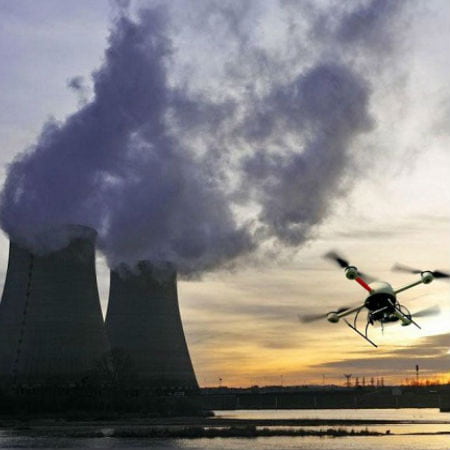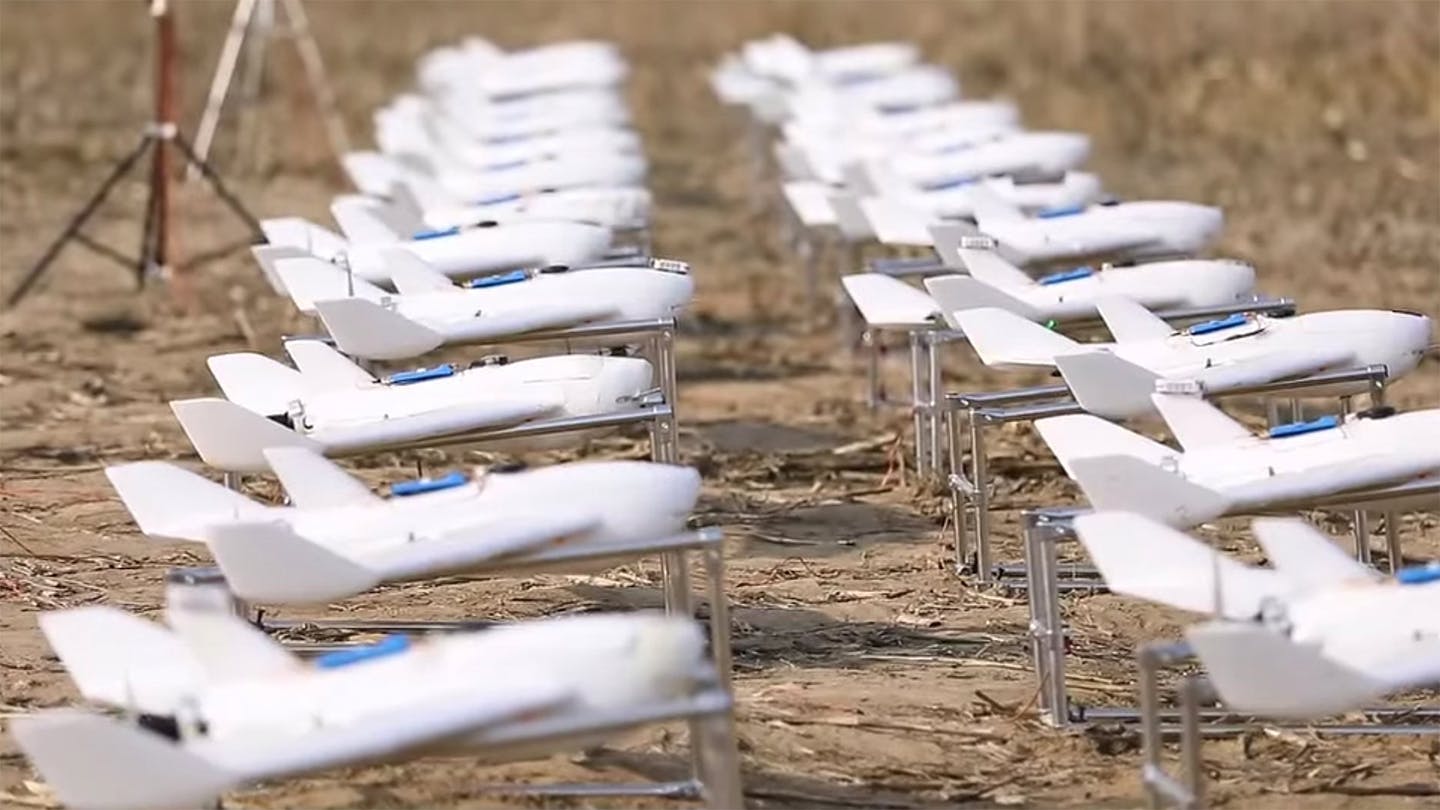
As US regulators deal with the issues surrounding safety, privacy, and national security as a result of the recent surge in drone activity, lawmakers are worried about the risk nuclear facilities are facing. Advanced legislation is now targeted at letting Defense Department and Energy Department facilities fight off these issues themselves.
Two provisions within the 2017 National Defense Authorization Act would further broaden the authority of the agencies to halt unmanned aerial vehicles that are seen as a potential threat to their facilities dedicated to nuclear power and weaponry. The authorities would work together with DoE and DoD’s earlier efforts to create technology that separate small drones from birds and shoot them down.
Defense Bill Puts Nuclear Facilities Against Drones
Scroll down for video

VICE News
“That is a very aggressive approach, and one we have yet to see in federal regulations,” energy and infrastructure attorney Roland Backhaus, with the firm Pillsbury Winthrop Shaw Pittman, said of the bill.
While the US Federal Aviation Administration has not revealed any serious incident that involved a drone at a nuclear facility, there is general apprehension and speculation being fueled by commercial quadcopters crashing on the white house lawn last year and a Massachusetts man’s guilty plea in 2012 to arranging the attacks on the Pentagon and US capitol building with an explosive-filled miniature plane.
The Threat of Tiny Drones
Drones reportedly flew close to nuclear facilities around France over 30 times in a span of two months in 2014 according to a report commissioned by green space. This report raised concerns about the safety of nuclear reactors from aerial assaults and jangling nerves in other nations.
Unmanned aerial systems that are tiny enough to evade radar detection can be used “by criminals and terrorists” to attack or spy on “critical government and industrial facilities.” This is according to a Jan 27 Congressional Research Service report.
“Somewhat larger UAS could be used to carry out terrorist attacks by serving as platforms to deliver explosives or chemical, biological, radiological, or nuclear weapons,” said the report by aviation policy specialist Bart Elias.

The Drive
Leaving no room for mishaps given the devastation that can befall such a facility, House Armed Services Committee (HASC) strategic forces subcommittee chairman Mike Rogers (R-AL) added the two counter-drone provisions in the 2017 NDAA, which the HASC went on to approve on April 28.
“The bottom line is the members are tracking the increased prevalence and sophistication of unmanned aerial systems around the country, and they understand the threat these can pose to certain defense facilities,” said a congressional staffer. “The chairman is interested in protecting these facilities. It would be a bad day if something happened.”
Sites Run by DoE and DoD
There are 10 active sites across the country run by DoE that deal with the US arsenal of nuclear weapons and material, while DoD manages the nuclear missile fields, silos, and underground storage as well as the reactors for training and research purposes.
Watch the video below